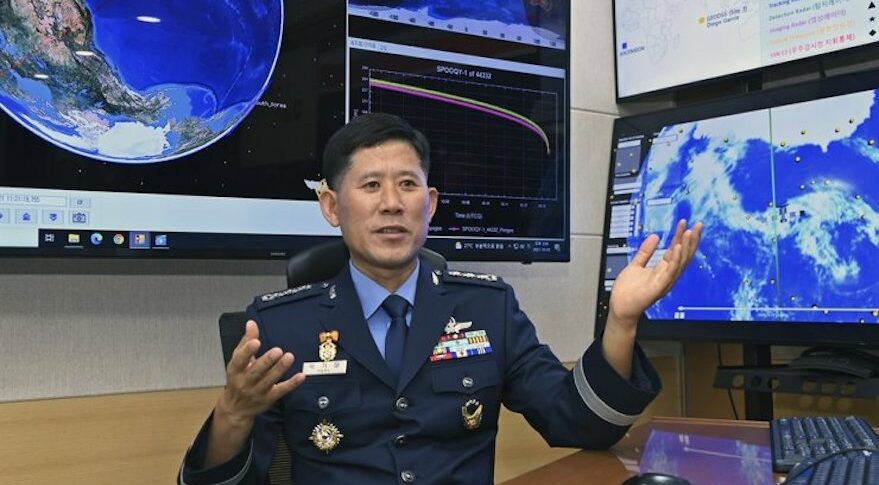Space Signal Infrastructure

Following on from an agreement signed in August, the US Space Force and the ROK Air Force will conduct joint space situational drills in the near future. Col Park Ki-Tae, director of the Air Force’s Space Operations Center, has talked about the upcoming drills as the first step in a strategic roadmap towards improving South Korea’s space capabilities to align with its projected needs. This includes getting better “eyes” on the situation in space as well ultimately developing the KPS, or Korea Positioning System, with the help of the Space Force.
This situation highlights the tradeoff that is extremely prevalent in space systems design and mission planning – increased security against mission risk that comes with redundancy and reducing bottlenecks, and the increased mission risk that comes with increasing potential surface areas. Have a redundant and independent partner for the US military to be able to have SSA and positioning capabilities reduces the bottleneck the loss of the capabilities would cause otherwise, but at the cost of increasing the number of potential systems and areas of attack. Surface area is a lot more of a concern where space signal infrastructure comes into play, as space signals being spoofed or used for man-in-the-middle attacks is cause for more concern.